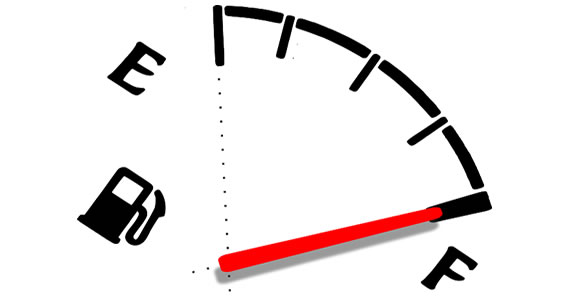On October 17, 2002, the Banks Dodge Dakota Sidewinder rolled onto five feet of white potash salt in the shadow of the hazy Silver Island Mountains at Bonneville, Utah. It carried a 5.9-liter Cummins turbodiesel engine with 1,300 lb-ft of torque. Three days later, it would set a world speed record of 222 mph. Before the trials, company president Gale Banks announced, “Diesel has a negative image in many quarters. We intend to erase that image.”
The lines were drawn.
Citius, Altius, Fortius: Diesel’s Low-End Torque
Diesel engines create immense amounts of torque for the reasons of turbocharger boost (optional), stroke length, and average effective cylinder pressure. Most diesel powertrains are made with forged components to withstand the high compression ratios – 20:1 is typical – and are thus capable of transmitting the extra torque from a long piston stroke. As Archimedes said, “Give me a lever long enough and a fulcrum on which to place it, and I shall move the world.”
Big Bang, Small Package: Gas’s Power-to-Weight Ratio
In January 2014, Nissan unveiled a 400-horsepower 1.5-liter engine small enough to fit inside a hiking backpack. The engine, destined for the ZEOD RC, weighs only 88 pounds. Such technology proves that gasoline engines are capable of tremendous power-to-weight ratios, which are becoming increasingly important as western nations adopt suburban lifestyles and lightweight cars.
Built to Impress: Diesel’s Long-Lasting Reliability
In May 2005, Mercedes grabbed three E-Class sedans off the production line, gave each an experimental V6 CDI diesel engine and raced them around a Texas track for 100,000 miles. Each car ran for 30 days at an average of 140 mph, averaged 18 mpg and satisfied CARB emission standards. None broke.
Modern diesel engines are the posterity of the compression-ignition powerplants used to motivate great marine steel carriers. Their lower RPMs, mechanical ignition systems and heavy-duty components guarantee years of use. Plus, they average 20-30 percent better adjusted fuel economy than their gas counterparts. If they do break, aftermarket parts like front-end conversions and brake upgrades are available from Pure Diesel Power.
Popularity Contest: Gas’s Availability
Diesel-powered cars make up 2.8 percent of American passenger vehicles. Gasoline is America’s pet, and the reason is simple: price. A Jeep Grand Cherokee EcoDiesel, for instance, costs $4,500 more than the base V6 model. The payback period extends far beyond the average length of new car ownership.
As of now, gasoline engines remain the most versatile and widely used engines in America. But thanks to clean-diesel exhaust fluids, noise cancellation technology and icons like the Sidewinder, diesel may not have long to wait.














